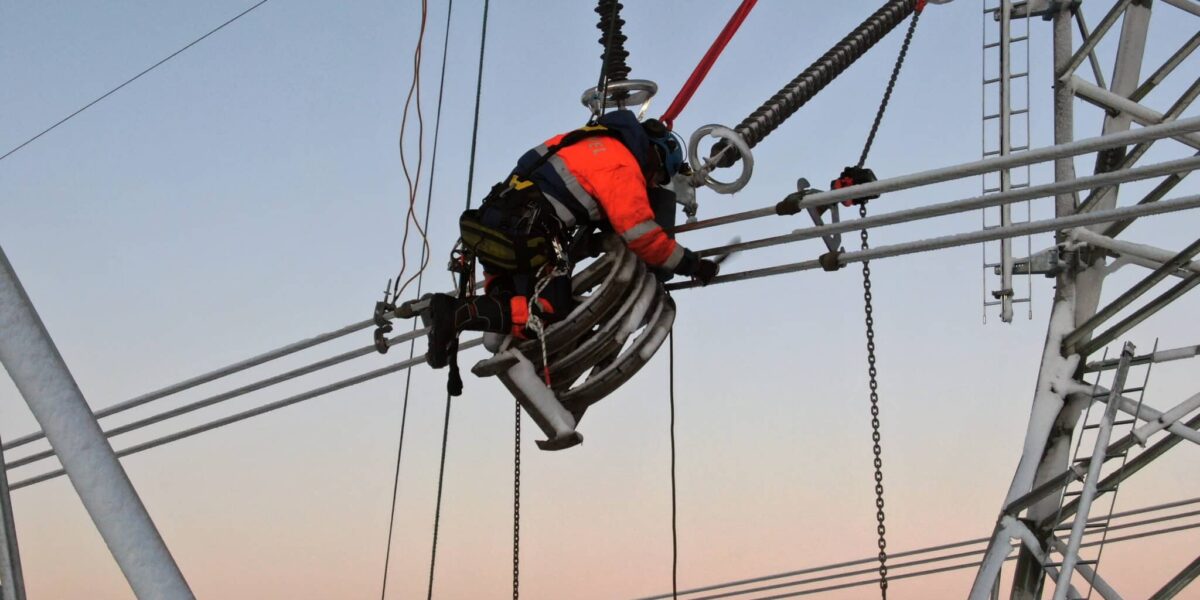Jani Pelvo, Senior Expert and Person in charge of operation of electrical installations, says that the earthing statistics for 2022 are a sign of a troubling trend: we normally receive three or four reports of near misses related to additional earthing, but in 2022, there were five.
“In two cases, an additional earthing plan had been drawn up as per the requirements, but for some reason – perhaps carelessness – the installation technicians did not follow the plan.”
In two other cases, the installation technician did not observe the specified safety distance from live components. In the fifth case, an installation technician carrying out repairs at a substation moved a current-carrying connector by hand instead of using an additional earthing rod, as stated in the instructions.
Every year, contractors apply earthing hundreds of times on Fingrid’s worksites. Although no personal injuries occurred this time, every departure from the safety rules is one too many.
“We will place further emphasis on this matter in our training,” says Pelvo.
Work machinery must also be earthed
There were also shortcomings in the earthing of machinery.
Two to four deviations are recorded every year, and four occurred in 2022, all on substation worksites. We also got off lightly on these occasions.
“If there is a risk of an excavator or even a crane truck crossing the safety boundary into an area with live components, it must have special machinery earthing,” Pelvo points out.
He thinks that the deviations are partly due to contractors using subcontractors who are not accustomed to working on electrical worksites.
“We now aim to emphasise on the importance of earthing machinery when we provide training.”
Good news as well
Of course, the statistics for 2022 also contain some good news.
“Main earthing was well under control – there were no deviations in this area.”
Fingrid requires transmission lines to have additional earthing using two tools. The reason for requiring double earthing is to ensure that induced voltage is not conducted to the work location if an additional earthing tool breaks or becomes detached.
“People have taken this requirement on board. Compliance with this requirement in main grid transmission line work has been excellent,” Pelvo says.






